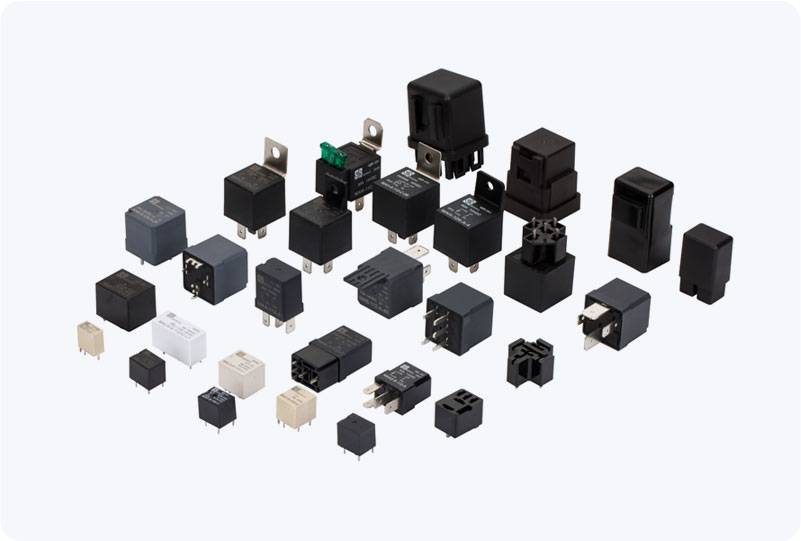A Solid State Relay (SSR) is an electronic switching device designed to control the operation of electrical circuits without the need for mechanical parts. Unlike traditional electromechanical relays, which rely on mechanical contacts that physically open and close to switch the circuit, SSRs utilize semiconductor components to perform the same task. This fundamental difference brings a range of advantages, making SSRs ideal for various modern applications that require high reliability, fast switching times, and durability.

What is a Solid State Relay (SSR)? At its core, a Solid State Relay (SSR) operates by using semiconductor devices such as triacs, thyristors, or MOSFETs to control the switching process. When an external voltage is applied to the control side of the SSR, it activates the internal semiconductor elements, which in turn switch the load circuit on or off. The control circuit, typically a low-voltage input, isolates the high-voltage load circuit, ensuring safety during operation. SSRs come in a variety of forms, ranging from AC SSRs (for alternating current) to DC SSRs (for direct current), with each type tailored for specific applications.